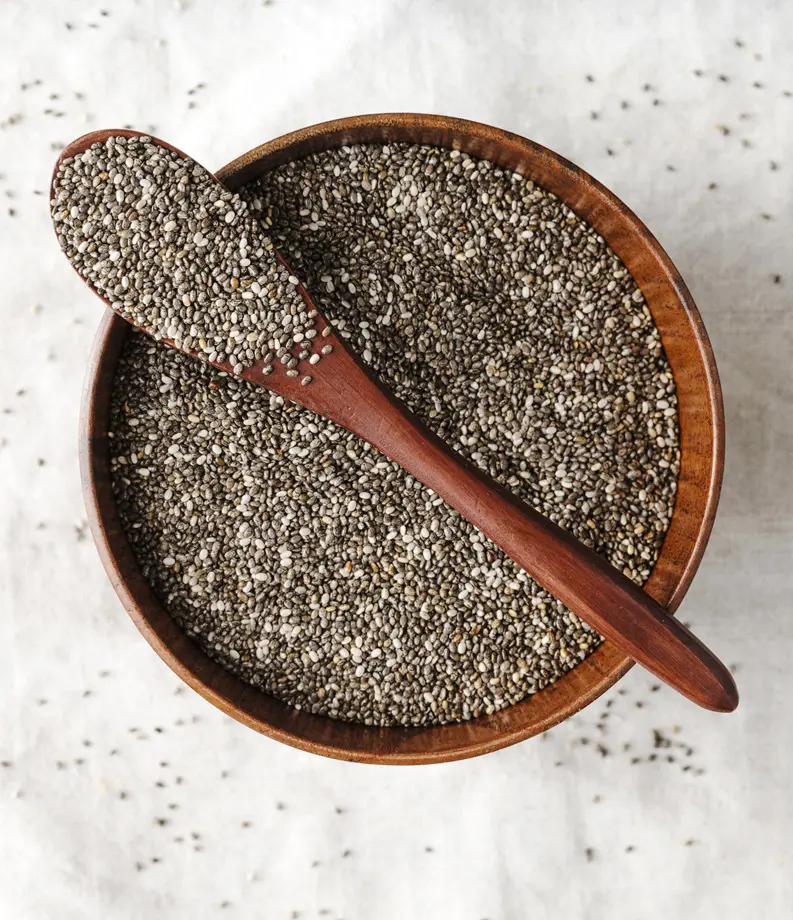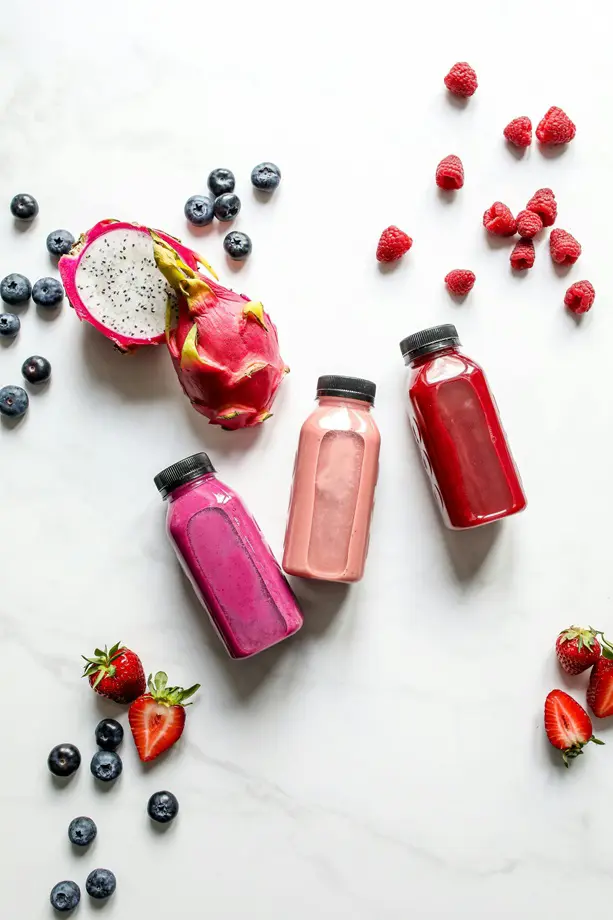20 Polyphenol Rich Foods And Its Health Benefits

This post may contain affiliate links. If you make a purchase through links on our site, we may earn a commission.
Polyphenols are antioxidants found in a variety of plant-based foods. Flavonoids, stilbenes, phenolic acids, and lignans are the four types of polyphenols known for their inflammatory and antioxidant effect.
Incorporating polyphenol foods into your diet supports a healthier lifestyle and overall well-being. With over 8,000 specified to date, we have listed 20 polyphenol-rich foods.
1. Berries

You can find polyphenols like ellagic acids, flavonoids, and phenolic acids in berries like strawberries, raspberries, blueberries, and elderberries.
Compared to these all, chokeberries have the highest phenols. Rather than their pulp, phenols content can be highly intake through their skin. Intake of berries promote your gut health, prevent certain cancer, and decrease blood pressure.
- Chokeberries: 1022 mg per 100 g
- Wild Lowbush Blueberries: 836 mg per 100g
- Blackcurrant: 758 mg per 100g
- Highbush Blueberries: 560 mg per 100g
- Blackberry: 260 mg per 100g
- Strawberry: 235 mg per 100g
- Raspberries: 215 mg per 100g
- Redcurrant: 43 mg per 100g
2. Fruit Juice

Fruit juices are infused with polyphenols. Fruits like apples, apricots, grapefruits, and peaches have phenolic acids such as catechin, ferulic acid, cyanidin, and flavonols. Even their juices offer phenolic acids and flavonoids. These fruits' polyphenols are great for cardiovascular conditions.
Fruit juice polyphenols content:
- Apples: 136mg per 100g
- Pure Pomegranate Juice: 66 mg per 100g
- Peach: 59 mg per 100g
- Pure Blood Orange Juice: 56 mg pe3r 100g
- Pure Grapefruit Juice: 53 mg per 100g
- Pure Lemon Juice: 42 mg per 100g
- Quince: 19 mg per 100g
- Pomelo Juice: 18 mg per 100g
- Pear: 17mg per 100g
3. Spices

Per ounce, spices are among the top polyphenol-rich foods on the globe. Spices and seasonings, including cloves, peppermint, star anise, rosemary, oregano, thyme, and ginger, hold a high polyphenols content that ranges from 15000+ mg/100g to 100mg/100g.
These spices assist in dealing with metabolic disorders, reduce nausea, fight infections, and strengthen immunity.
- Cloves: 15,188 mg per 100g
- Peppermint: 11960 mg per 100g
- Star anise: 5460 mg per 100g
- Rosemary: 1018 mg per 100g
- Oregano: 2319 mg per 100g
- Thyme: 878 mg per 100g
- Ginger: 202 mg per 100g
4. Dark Chocolate And Cocoa Powder

Dark chocolate, cocoa powder, and milk chocolate are all rich in polyphenols. Dark chocolate contains 1664 mg per 100 grams of these nutrients, 100g of cocoa powder includes over 3000, and only 236 mg of polyphenols content in 100 grams of milk chocolate.
Cocoa powder and dark chocolate have a range of health benefits. It helps to lower blood pressure, enhance heart health, decrease the risk of diabetes, boost mood, and strengthen immunity.
5. Nuts

Nuts are a good source of polyphenols like gallic & ellagic acids, anthocyanins, stilbenes, and lignans. Chestnuts contain 1215 mg per 100g of phenolic content, 100g of hazelnuts include 496 mg of this nutrient, pecan nuts hold 493 mg per 100 grams, and walnuts have only 28 mg per 100 gram of polyphenols content.
Loaded with antioxidants, consuming nuts helps to defend against oxidative stress, lower cholesterol levels, and reduce heart disease risk.
6. Cherries
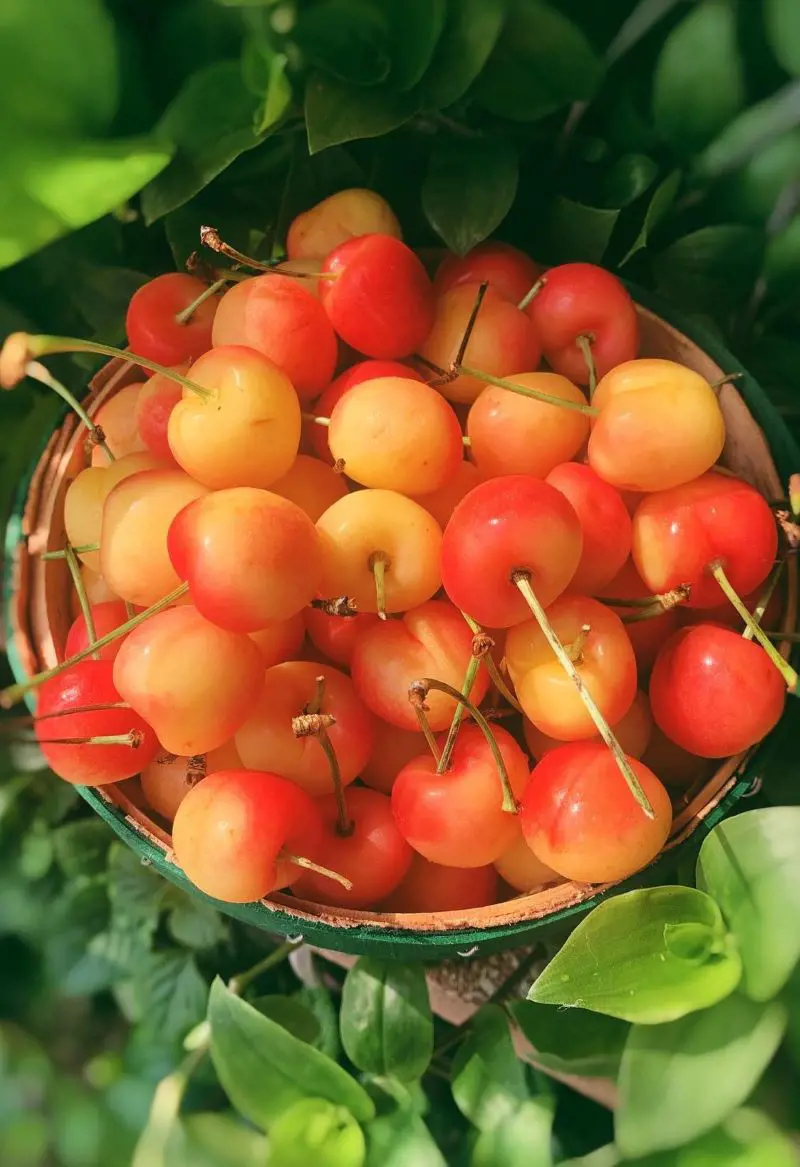
These juicy and refreshing fruit cherries are a good source of polyphenols, as they are rich in anthocyanins. Raw sweet cherries contain 149.90 mg of polyphenol per 100 grams of fresh weight ranging from 75 to 339 mg.
This polyphenol-rich fruit is a heart-healthy choice. Even this fruit helps to decrease blood pressure, control cholesterol, oversee blood sugar levels, aid inflammatory conditions, and improve sleep.
7. Whole Grain Wheat

Whole grain wheat flour, bread, or baked items are good polyphenols sources, as they contain alkylphenol compounds. These nutrients have been discovered in the wheat grains consumed by humans and wheat bran of animals (161.7 mg/100 g), per Science Direct.
Only 100 grams of whole grain wheat flour offers 71 mg per 100 of polyphenols, while 201 mg of this nutrient is in 100 grams of wheat flour. This food assists in managing cholesterol levels, lowering diabetes risk, controlling blood pressure, and weight management.
8. Dried Herbs

Dried herbs like dried thyme, dried basil, Mexican oregano, dried sage, and dried lemon verbena contain high amounts of polyphenols ranging from 2000+ mg/ 100g to 100 mg/100g.
Dried thyme has 878 mg of this nutrient per 100 grams, dried basil has 322 mg per 100g, Mexican oregano includes 2319 mg of flavonoids per 100g, dried sage has 1207mg/100 g, and dried lemon verbena retains 106 mg of flavonoids per 100g. Consuming these dried herbs controls heart disease, diabetes condition, and cancer.
9. Coffee And Tea

Coffee and tea are polyphenols-rich. The fresh and natural coffee beans and tea leaves offer more polyphenol content while heating and toasting decrease the concentration of this nutrient. Having 100g of 'black' tea supplies 102 mg of flavonoids, and green tea has 89 mg of flavonoids and phenolic acids.
These drinks are good for your mental health, blood pressure, stress level, and cholesterol. Additionally, green tea boosts metabolism and helps in burning harmful body fat.
10. Flaxseed

Flaxseeds are rich in polyphenols, but flaxseed meal provides more nutrition. Just 100 grams of flaxseed meal offers 1528 mg of polyphenols, whereas flaxseeds include approximately 800 to 1000 mg of phenolic acids per 100g.
This seeds has possible anticancer compounds called lignans, which are polyphenols that may help manage certain types of cancer, including breast cancer. Besides this, it helps to improve bone health, regulate blood pressure, and decrease sugar levels.
11. Artichoke

Artichokes are packed with bioactive elements like polyphenols, vitamins, minerals, and inulin. Merely 100 grams of artichoke head include 260 mg of polyphenols.
This vegetable also includes flavones like caffeoylquinic acid. This acid is known for its anticancer and antibacterial properties. Consuming this tasty vegetable aids cholesterol levels and lowers blood pressure & blood sugar levels.
12. Capers

Delicious capers are rich in flavonoid polyphenols. This pea-sized condiment includes 654mg/ 100g of this nutrient. However, the phenolic compounds in this food varied from 10720 to 3256 mg per 100g dry weight depending on the caper flower growing stage.
Also, canned capers include 173 mg of flavonoids per 100g, 131 mg of kaempferol per 100g, and anthocyanins. It helps to improve wound healing and stimulate healthy blood sugar levels
13. Soy

Soy, such as soy flour, roasted soybean, soy yogurt, soy meat, soy tofu, and soy milk, are rich in isoflavonoids like genistin. These soy foods help to reduce the risk of cardiovascular disease, aid heart conditions, and enhance bone health
- Soy flour: 466mg per 100g
- Roasted Soybean: 246 mg per 100g
- Soy Yogurt: 84 mg per 100g
- Soy Meat: 73 mg per 100g
- Soy tofu: 42 mg per 100g
- Tempeh: 148 mg per 100g
- Soy Milk: 18 mg per 100g
- Soy Cheese: 12 mg per 100g
14. Olives

Both varieties of olives offer polyphenol components like phenolic acids, tyrosols, oleuropein, and flavonoids. 'Black' olives contain 569 mg per 100g of this nutrient, and green olives have 346 mg per 100g. Even olive oil contains plenty of polyphenols content.
The olives nutrients are vital for treating inflammation. It also helps to improve heart health, reduce cancer risk, and lower cognitive disease risk.
15. Onions

Both red and yellow onions are rich in polyphenols like anthocyanins, phenolic acids, and flavonols. Only 100 grams of red onion offers 168 mg of this nutrient, and yellow onion has 74 mg of polyphenols and quercetin per 100 grams.
This highly nutritious vegetable helps to enhance heart health, improve bone density, and better blood sugar regulation.
16. Citrus Fruit

Citrus fruits present a high quantity of polyphenols. It also contains bioactive components like anthocyanins and flavonol. Over 60% of polyphenols in the citrus are flavanones like hesperidin. Citrus peel is also rich in this nutrient, but the concentrations might be different.
These fruits help to keep skin youthful, help in weight loss, support heart health, and protect brain health.
17. Vegetables

Many vegetables like red lettuce, escarole, spinach, carrot, shallot, broccoli, potato, and asparagus offer polyphenols. However, they have less nutrient content than fruits. Vegetables with polyphenols are:
- Spinach: 199mg per 100g
- Shallot: 119mg per 100g
- Broccoli: 45 mg per 100g
- Asparagus: 29mg per 100g
- Potato: 28mg per 100g
- Red Lettuce: 23 mg per 100g
- Escarole: 18 mg per 100g
Consuming vegetables provides a range of health advantages as they help to decrease blood pressure, reduce heart disease risk, prevent certain cancers, and lower digestive conditions.
18. Legumes
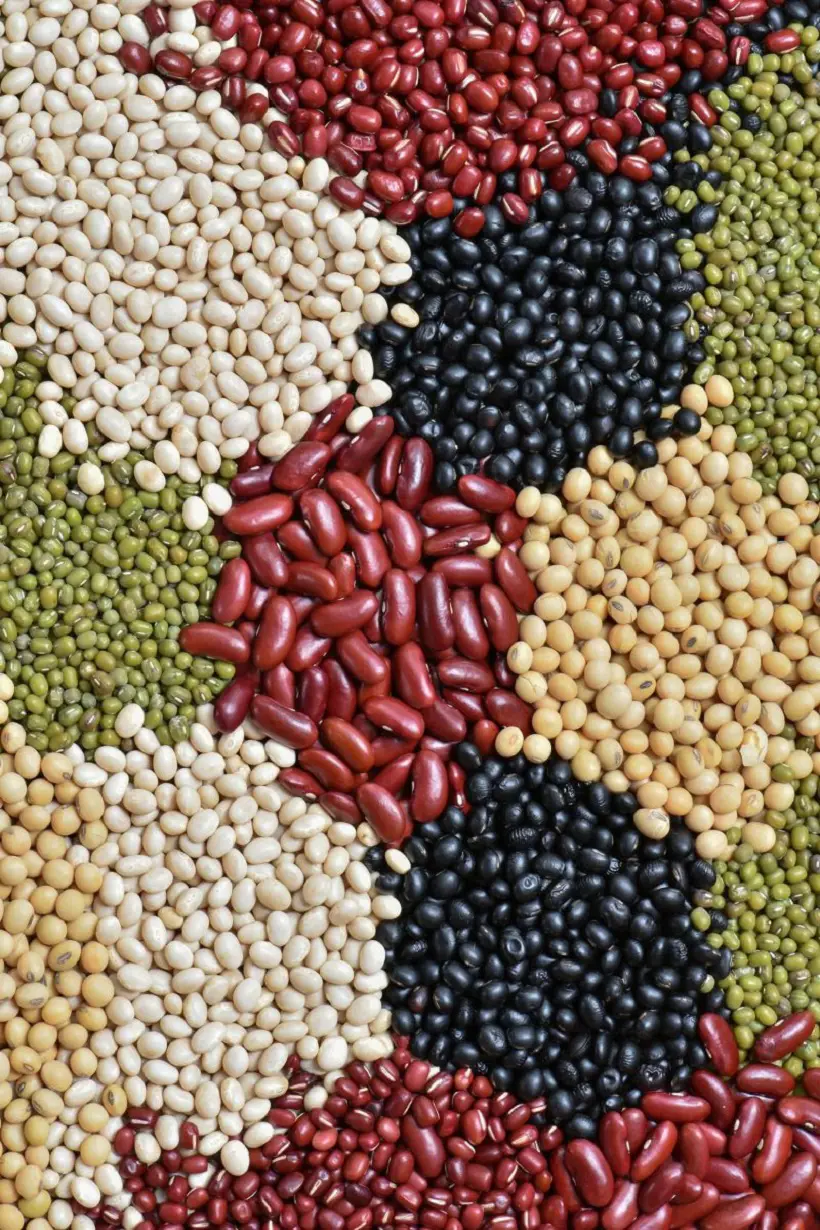
Legumes like beans, cowpeas, chickpeas, and green peas are good sources of polyphenols such as flavonoids, phenolic acids, tannins, and other phenolics. This nutrient is present more in dark legumes than light-colored beans, as 'black' beans contain 59 mg per 100 g, whereas white beans have 51 mg per 100g.
Consuming legumes in your diet helps to lower your sugar level and blood pressure.
19. Curry Powder
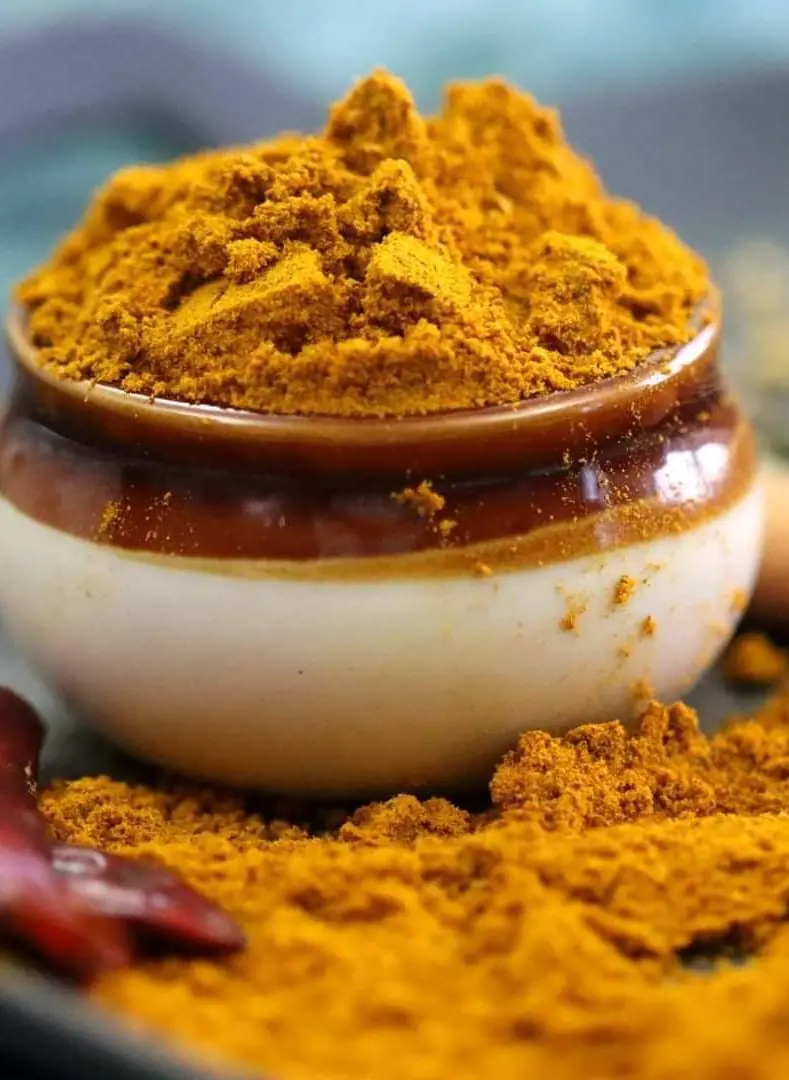
A blend of polyphenol-rich herbs and spices, curry powder includes a range of ingredients like pepper, cinnamon, ginger, turmeric, cumin, cardamom, and more. For this reason, it contains 285 mg of this nutrient per 100g.
As curry powder includes beneficial mixtures, it helps manage postprandial glucose levels and improves endothelial flow-mediated vasodilation.
20. Plums And Prunes
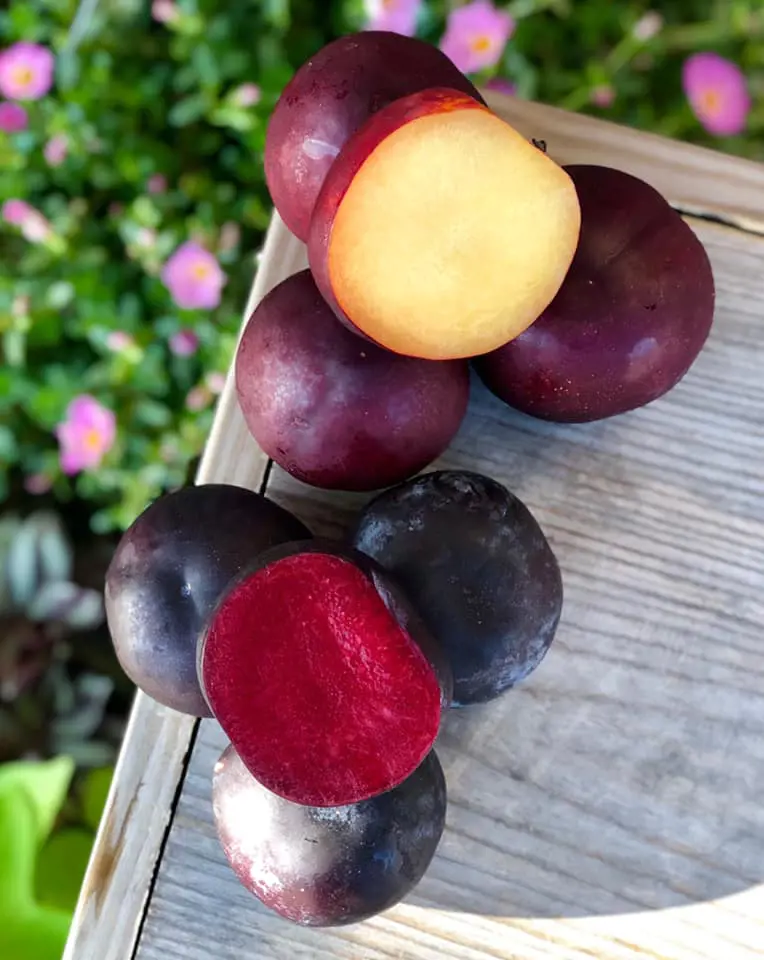
Plums and prunes hold numerous polyphenols, like flavonols, quercetin, hydroxycinnamic and phenolic acids. Plums include 377 mg per 100 grams of this nutrient, while dried plums retain 194 mg per 100 grams.
Compared to dried plums, fresh ones provide more nutritional value to our bodies. However, they both offer health benefits, lower blood sugar, promote bone and heart health, keep healthy weight, and fight cancer cells.
Health Benefits Of Polyphenols

Polyphenols are the nutrients naturally found in plants. Incorporating foods with polyphenols into your diet can be a great way to fight inflammation and boost overall health.
Some polyphenols benefits are:
Help Promote Good Vasculature
Polyphenols raise nitric oxide production and may control the destruction of nitric oxide. It aids it to stay around for a long time to open blood vessels. As nitric oxide helps for a greater blood flow, it helps to improve your heart health and reduce the risk of heart disease.
Improve Gut Health
Polyphenols are great for your gut, as they are regarded as prebiotics. They raise the beneficial bacteria, which helps to improve intestinal permeability, or leaky gut, in older adults through shifts in gut bacteria.
As a result, it helps to reduce the risk of intestinal disorders and diseases.
Protect Against Age-Related Declines
Foods with high polyphenols may protect against age-related cognitive decline. This micronutrient changes the aging process via effects on the engagements of reactive oxygen species.
Blueberries help defend age-related issues in neurocognitive performance.
Muscle soreness And Strength Recovery
Polyphenol food may reduce muscle soreness and improve muscle recovery after exercise. Following exercise, consuming 1000 mg of polyphenols every day helps to recover from muscle damage caused by a heavy training load or a training program.
Antibacterial
Some polyphenols, for example, cranberry, have antibacterial properties. It reduces bacteria clinging to your bladder wall and perhaps the lining of arteries. Even higher polyphenol-rich food intake supports cardiovascular health.
Lower Type 2 Diabetes Conditions
Polyphenol-rich foods and drinks may assist with type 2 diabetes and other illness. They can balance free radicals that raise your risk of type 2 diabetes, heart condition, and cancer.
They are also potent inflammation fighters, potentially lowering chronic illnesses.
Other Polyphenols Benefits
- Keeps healthy blood sugar levels
- Aids healthy blood pressure levels
- Enhances heart health and lowers heart disease risks
- Helps decline certain cancer risks
- Lower cholesterol
- Help slow the clogging of arteries
- Enhance artery function and flexibility
- Improve insulin sensitivity and lifespan
- Better body-weight regulation
Recent posts
Nutrition
Nutrition
16 Benefits Of Coriander That Will Surprise You
Abundant in nutrients and antioxidants, coriander is an annual herb with a characteristic aroma that is extensively used around the world. Both coriander leaves (also called cilantro) and seeds are used in various cuisines around the world. Known fo...
Nutrition
Chia Seeds Benefits: 15 Reasons To Eat These Tiny Seeds
Chia seeds are tiny edible seeds obtained from the plant known as "Salvia hispanica", belonging to the mint family. Oval, gray, and filled with black and white spots, these small seeds are highly valued for their abundant nutrients and health be...
Nutrition
How Much Calcium Is Actually Needed?
Calcium is a mineral associated with bones, muscles and the nervous system in the body. Current dietary guidelines suggest different Recommended Dietary Allowances(RDAs) for adult males and females, with 1000mg being optimal for males and 1200mg for...
Nutrition
B12 Vitamin Food Sources: A Comprehensive Guide
Vitamin B12, an essential nutrient, plays a crucial role in various bodily functions, including red blood cell production, nerve function, and DNA synthesis. While animal-based foods are the primary sources of B12, certain fortified plant-based foods...
Nutrition
What Foods Are High In Cholesterol? 20 Foods To Avoid
Animal products like meat, eggs, milk, and cheese are sources of dietary cholesterol, unlike plant-based foods. For those aiming to lower their cholesterol intake, it's essential to be mindful of animal-based food choices. While some high-cholesterol...
Nutrition
18 Fat Burning Smoothies For Weight Loss
The weight loss journey is tough if you have to get on the same path day after day, facing cravings and temptations along the way. We suggest you stop making it a monotonous struggle and make it a flavorful adventure instead. One of the easiest and m...

